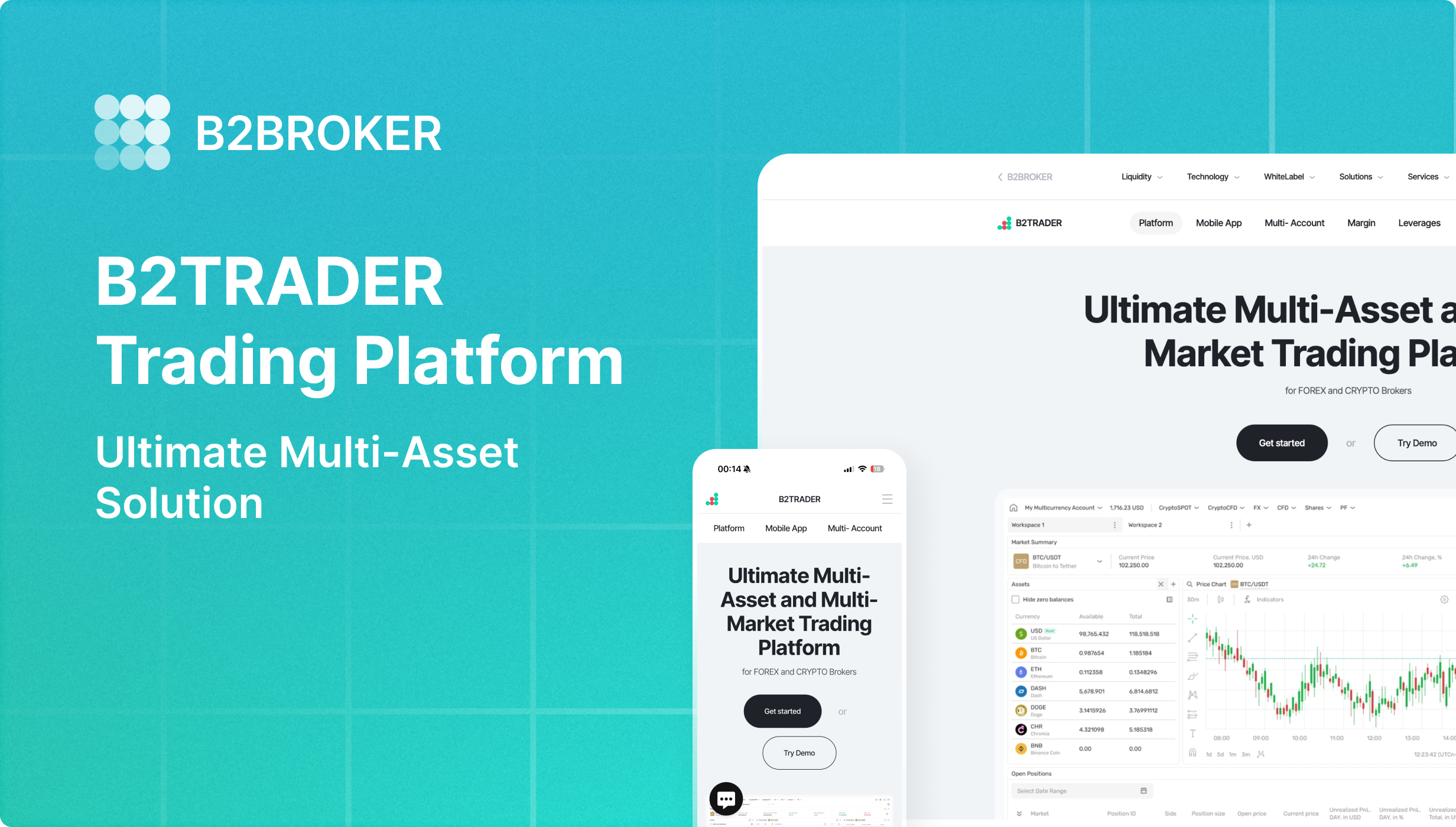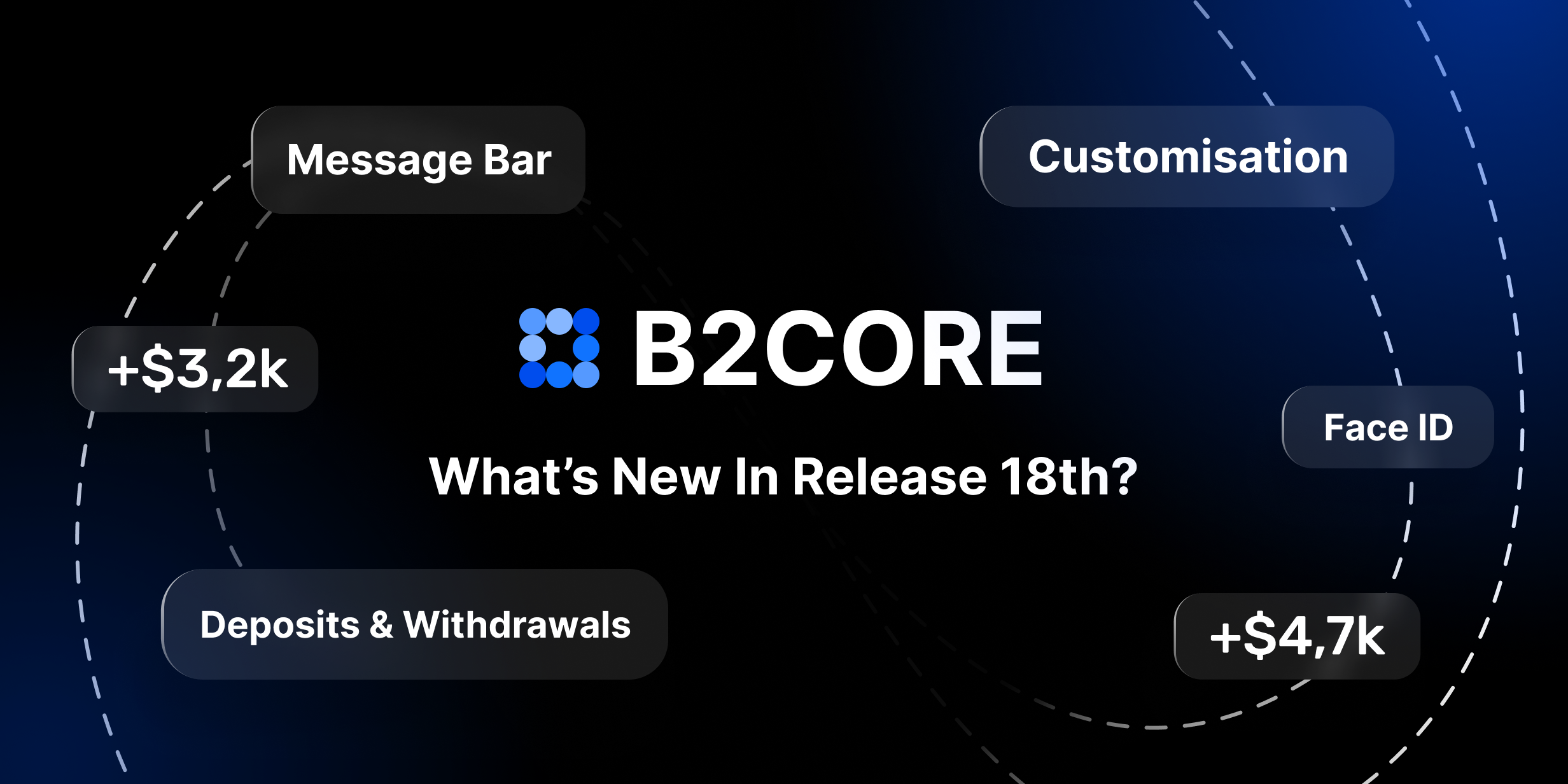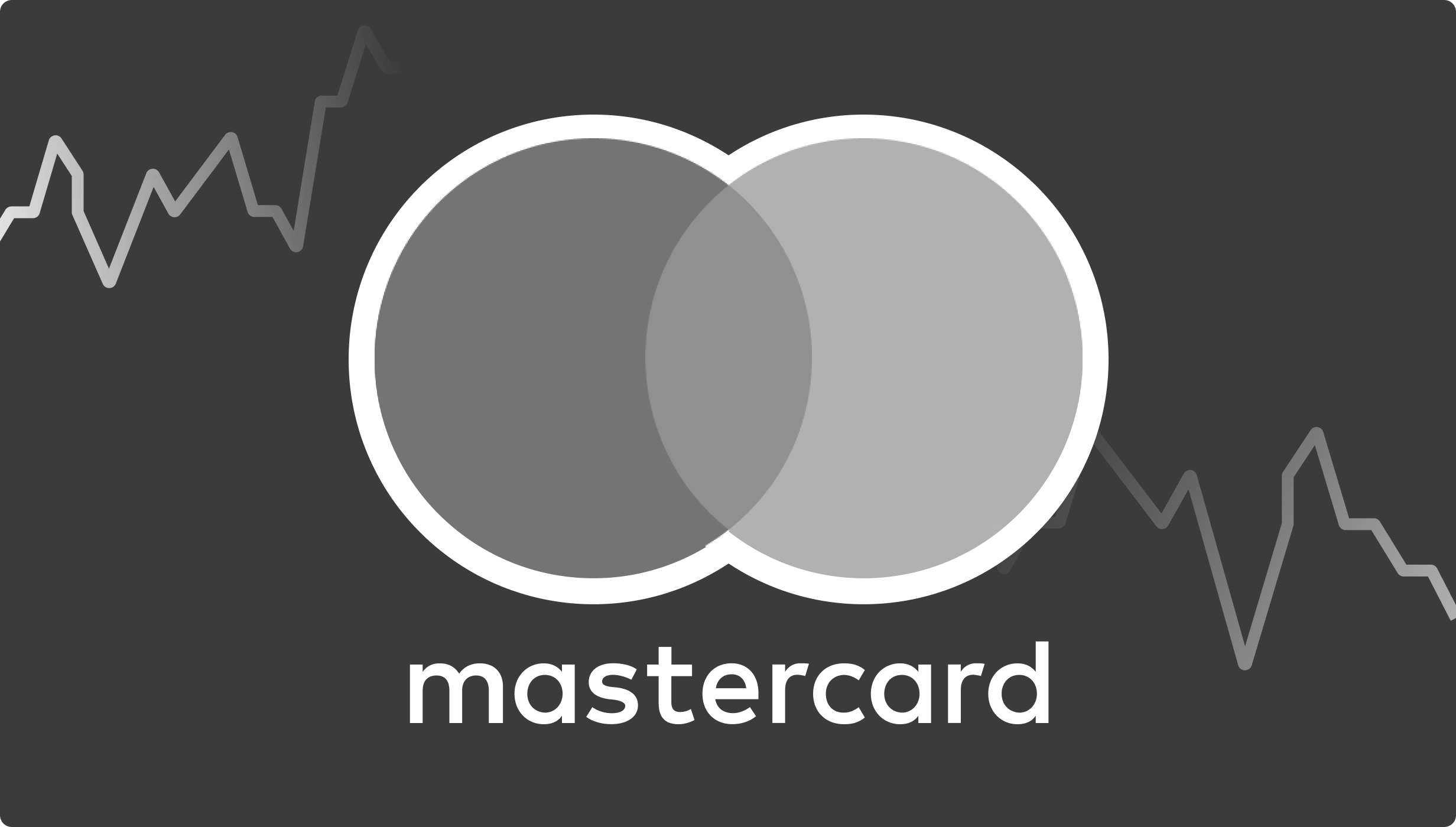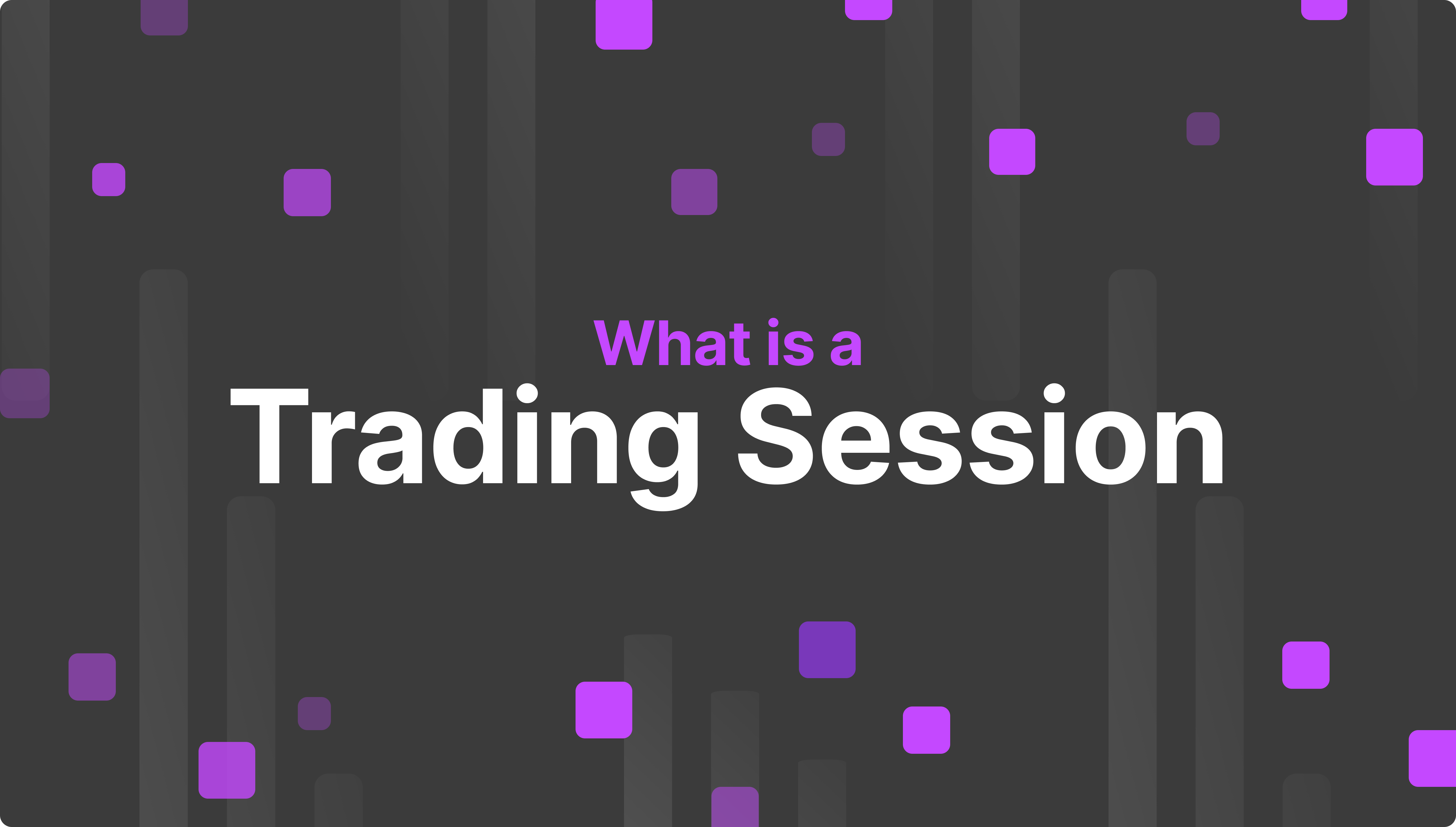What Are Perpetual Futures and How Do They Work?
Articles


Today’s market is replete with a great variety of different ways to make money. A simple registration at any exchange, whether stock or cryptocurrency, gives access to hundreds of various financial instruments that allow the trading of financial assets of different categories. Spot, margin trading, strategy trading, and staking are just a few examples of trading approaches that all traders and investors use. But there is a financial instrument that is an integral part of the world financial market due to its effective volatility and risk management. It stands out clearly among all of the above options when it comes to increasing your capital by having enough knowledge and a clear strategy. This tool implies a thorough analysis of every step undertaken in the process of trading and, despite its complexity, with a good understanding of all its aspects and proper risk management, it can multiply the capital of those who prefer to trade with it. This instrument is called the perpetual futures contract.
This article will explain what perpetual futures are and how they work. You will also learn what features this financial instrument has and what makes it different from traditional futures contracts. At the end of the article, you’ll find some useful strategies for trading perpetual futures.
What Are Perpetual Futures Contracts And How Do They Work?
So what are perpetual futures and how do they work on the exchange?


A perpetual futures contract is a special type of contract characterized by the absence of a set execution period. The trader can hold the transaction for the period that suits him. In addition, the basis for trading in perpetual futures is the underlying price index, which consists of the average value of the asset according to the main spot markets, as well as the relative trading volumes.
Consequently, perpetual futures contracts are most often traded at a value equal to or close to the spot market price, unlike regular futures. And yet, the most important difference between regular and perpetual futures is their maturity.
The main mechanism that helps perpetual futures contracts stay as close to the spot price as possible is financing. The difference between the price of the perpetual features contract and the spot price determines who pays and who receives. Traders pay each other based on their open positions during certain hours. Thus, traders with long positions pay shorts when the funding rate is positive, and when the funding rate is negative, shorts pay longs.
Main Features of Perpetual Futures Contracts Trading
Perpetual futures contracts have become one of the most popular financial instruments for investment as well as for trading. Despite the risks incommensurate with spot trading, the potentially high returns are attracting more and more market participants. However, working with this instrument requires knowledge of some of the peculiarities of perpetual futures.
1. Liquidation
Traditionally, “liquidation” means the conversion of assets into cash. In perpetual futures trading, unprofitable positions are forcibly closed to avoid a negative balance in the trader’s account. Leveraged positions are subject to volatile prices, which can quickly cause the trader’s account balance to become negative. In such cases, losses can be greater than the supporting margin. As a result, unprofitable trades are liquidated. This occurs automatically and forcibly if the transaction begins to meet certain price criteria.
Liquidation occurs slowly or quickly, depending on the transaction’s leverage. So, if the leverage is low, there will be no liquidation if a minor correction occurs in the market. Conversely, high leverage can quickly drain traders’ initial investment.
2.Funding Rate
Unlike traditional futures contracts, perpetual contracts do not have an expiration date and, as a consequence, there is no final settlement or delivery. Therefore, funding payments are used in an attempt to encourage perpetual contracts to trade at the price of the underlying asset.
A perpetual contract is funded based on a mathematical formula based on the index price and a sample of average market prices. Trading positions that have a positive rate of return (perpetual trading contracts at a premium to the index price) will result in payments from traders who hold long positions to traders who hold short positions. When the rate is negative (perpetual trading contracts at a discount to the index price), the funding rate is reversed, and traders with short positions will make payments to traders with long positions. Traders pay or receive payments in proportion to the size of their market position. These payments go only from trader to trader; the exchange does not pay for financing or receive the funds paid for financing.
Perpetual Futures vs. Traditional Futures: What is the Difference?
The difference between perpetual and traditional futures is the absence of an expiration date. Traditional futures have a specific settlement date. The trader can keep open positions in perpetual futures indefinitely and close them at any time. There are weekly, bi-weekly, quarterly, and bi-quarterly futures.
The term of the perpetual future contract is specified in hours (the exact time depends on the particular exchange). Upon expiration of the n-term, the exchange automatically “rolls” (transfers/extends) the position on the actual perpetual contract to the next contract.
The absence of expiration accounts for the popularity of perpetual futures. It is a flexible instrument generally traded on most cryptocurrency exchanges with high leverage. The potential profit in trading perpetual futures is higher than in spot trading. But so are the risks.
Trading perpetual futures utilizes a funding rate mechanism. The funding rate is a small amount paid by one party to the contract to the other. It is required to ensure periodic convergence of futures and index prices (underlying asset prices). It does not apply to exchange commissions.
The financing rate is set by the market and varies depending on market conditions. Generally, in a bull market, long traders pay traders who trade long to short. The opposite is true in a bear market.
Strategies Used for Trading Perpetual Futures
The futures trading strategy is determined by the investor’s goals, the type of instrument, and the recommendations of a professional broker or exchange (since you can’t make transactions entirely on your own).
1. Speculative Operations
The first strategy is the usual speculative operations for stock market participants. At the expense of liquidity and large “leverage,” the speculator profits from the difference in the purchase and sale price of the futures. And, as we have already said, futures are an extremely liquid instrument, which means that the chances of winning from speculation are also great.
2. Arbitrage Operations
Arbitrage can be temporal (transactions in the same market at different time points) and spatial (different markets but the same moment in time). In this case, as a rule, there is not one but a whole sequence of transactions during which investors profit from the difference in prices of the same or related assets. This is the most profitable strategy for a beginner: profit and loss are generated by perpetual futures price differences, risks are minimal, but profitability is not the highest.
Conclusion
Perpetual futures are one of the main trading instruments for traders and investors. Despite the higher returns compared to spot trading, perpetual futures are considered to be quite complex and highly risky financial instruments. When trading them, you need to be careful and follow risk management. This is especially true for traders using leverage. Trading futures requires an understanding of the market, knowledge of its mechanics and experience in trading simpler instruments (spot and margin trading). Always carefully plan your trading strategy when dealing with perpetual futures and don’t invest more than you’re prepared to lose. These simple tips will help you succeed in trading such an interesting and profitable financial instrument as perpetual futures.











